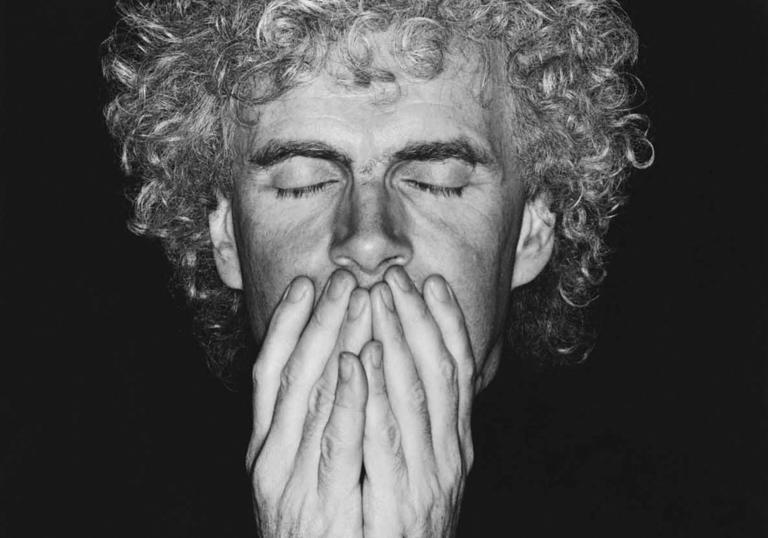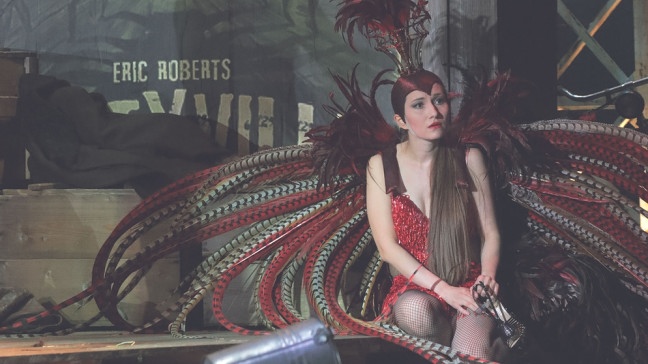First Night of the BBC Proms 2019 ! The programme might have been a challenging start to the season - Antonín Dvořák The Golden Spinning Wheel and Leos Janáček Glagolitic Mass, with the BBC Symphony Orchestra, BBC Singers and BBC Chorus plus soloists, conducted by Karina Canellakis. To kick off, a premiere by Zosha di Castri Long is the journey - short is the memory.
Dvořák's The Golden Spinning Wheel is a tale of ghosts and gruesome murder. A king goes hunting in the woods and meets a peasant girl, Dornička and wants to marry her. Her stepmother and stepsister chop the girl to pieces, but a magician finds her remains. He creates a golden spinning wheel, whose song alerts the king to what's happened. Dvořák's symphonic poem is based on a collection of Bohemian folk ballads by Karol Jaromir Erben, but the tale itself is ancient, with many variants. Think Brentano and von Arnim Des Knaben Wunderhorn and Mahler's Das klagende Lied, or Debussy Pelléas et Mélisande or even Cinderella. Dvořák's setting is remarkably graphic, almost cinematic. The king is represented by hunting horns and vigorous upbeat rhythms, Dornička by plaintive winds. As the magician puts Dornička's bits together, her music comes to life again, high strings sparkling and lyrical. Lots of detail - "royal" trumpets, turbulent figures spinning (literally), stirring up alarm, the conclusion both serene and impudent. There's a lot more to it than "dreamy" ! Because The Golden Spinning Wheel is so dramatic, it ought to be almost foolproof in performance. The BBC Symphony Orchestra should know it, since they've done it before. When it's done well, it glows with warmth and vibrant vigour - Dornička, a force of Nature, cannot be extinguished. Even in a fairly underpowered performance such as this one, its vivacity can't be dimmed. Fortunately, it's new to the Proms, so something of its spirit might reach out to audiences who'd like to get to know it better. (well worth seeking out good performances)
Janáček's Glagolitic Mass has been done many times at the Proms, so whoever planned this programming might think it's OK to repeat the formula. At the Proms in recent years, we've heard Boulez, Gergiev and Bělohlávek - all very different, each with something to say. When Bělohlávek did it on the First Night of the Proms 2011, the performance was so intense that it seemed as if the roof might lift off the Royal Albert Hall. A pertinent observation, since "Glagolitic" masses were held in the open air, with trees instead of stone as buttresses, allowing large communities to come together. Janácek said: "My cathedral " was “the enormous grandeur of mountains beyond which stretched the open sky…...the scent of moist forests my incense”. Hence the idea of freedom and liberation, which is closer to Janácek's intentions than to a religious interpretation. If anything, the Glagolitic Mass represents a tradition fiercely independent from the mainstream. The Glagolitic script dates from the 8th century, long before the Hapsburgs consolidated their grip on Bohemia, so it isn't about the Church so much as Janáček's faith in secular and national Resurrection. Glagolitic Masses can be craggy, earthy, ferocious, almost anything but not lifeless.
With the forces on hand this should, in theory, have been a good performance. The BBC SO, the BBC Singers and BBC Chorus know the piece, and the soloists, Asmik Grigorian, Jennifer Johnston, Ladislav Elgr, and Jan Martiník - are all good, Martiník in particular for this repertoire. Grigorian was another reason I was so keen to hear this - she was a sensational Salomé with Welser-Möst in Salzburg (read more HERE). But a performance needs to be more than a sum of its components. The Úvod held together, though it's more impressive as a statement of intent, like the foundation stone of a great edifice. The Kyrie can be overwhelming, the large chorus intoning the cries "Gospodi pomiluj!". Elgr and Martiník's voices rang out, like prophets from the ancient past. Janáček referenced the missionaries Cyril and Methodius, who brought Christianity to Slavic lands. He also wrote : "I hear......in the soprano solo a maiden angel, in the chorus our people. The candles are high fir trees in the wood, lit up by stars; and somewhere in the ritual see a vision of the princely St Wenceslas" Grigorian did not disappoint ! Peter Holder, at the organ, captured the right sense of zany energy. His Varhany sólo (Postludium) was electrifying. In the Slava (Gloria) the massed voices were suitably hushed, capturing a sense of mystery, and the Věruju (Credo) and Agneče Božij (Agnus Dei), gave all the soloists a chance to show what they're made of. But where was the grand design ? What was the underlying thrust? The Intrada, which can be an emphatic outburst, felt like an after-thought.
Zosha di Castri Long is the journey - short is the memory filled the slot assigned to "new music" at the start of every Proms season. But a premiere doesn't always mean original. This could have been commissioned to tick all the BBC boxes - big forces, lots happening to look at and admire, but rather studied and self conscious. Interestingb hat the press, cued by BBC PR, made much of the "historic" occasion", minimizing the rest of the performance. Given that BBC Proms policy now seems driven by non-music values, and marketing hype (excruciating presentation), this whole First Night of the Proms 2019 probably went down well with the suits and their target audience, but doesn't bode well for music in the longer term.













